Nowadays, the position of a fitter for the assembly of metal structures is very common. An employee is required to have special personal qualities, namely:
- endurance;
- physical strength;
- good motor skills;
- coordination of movements;
- good vision;
- ability to concentrate;
- the presence of imagination.
Naturally, employers also pay attention to the integrity and responsibility of the specialist. In this case, before getting a job, you should undergo a medical examination. Indeed, applicants with impaired activity of the cardiovascular system, organs of vision, or the motor apparatus will not be suitable for this position. Training a metalworker can take place both at the enterprise itself in the process of fulfilling labor duties, and at refresher courses provided by the company.
General Provisions
This is a working profession requiring special qualifications, namely: it is necessary to obtain a diploma of secondary vocational education. In some cases, employers do not require specific documents. But you need work experience in production. The employee is directly subordinate to the master. In addition, shift supervisors and heads of related structural divisions of the company can give instructions to him.
What is guided by
In his work, a fitter for the assembly of metal structures should be guided, first of all, by technical standards, materials related to his duties, instructions from the management and legal acts. He must also rely on the orders of engineers, craftsmen and other superiors and the organization’s instructions that are consistent with the requirements and standards of labor law.
Knowledge
An employee who claims to be a locksmith in the assembly of metal structures of category 3 is required to have certain knowledge, including understanding how marking up places for installation of nodes and parts of metal structures is carried out. He must understand and know the features of all the devices used in his work.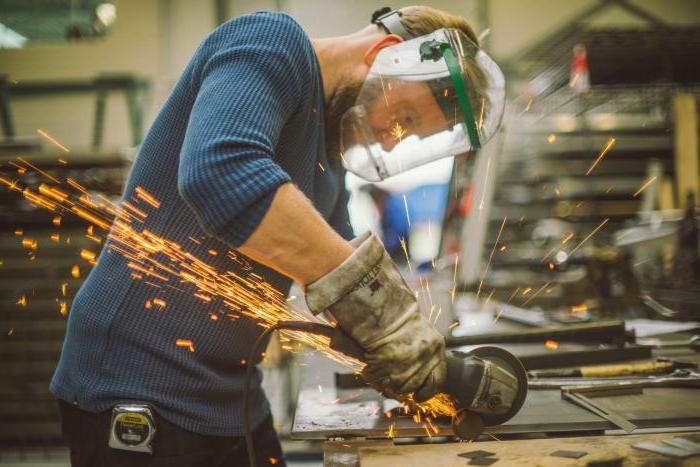
His knowledge should include information on how to sharpen a bench tool correctly, all the standards of materials used in his work, tolerance, landing and construction of drawings, how to read them correctly. In addition, he must understand what requirements are presented to the work he performs, how to handle the gas cutter and welding machines correctly, in what sequence the assembly is carried out, what are the ways to accomplish it, and how to use racks and copiers. In addition, the employee is required to know the assortments of metal structures.
What are the duties of a third-level employee
The job description of a metalwork assembly fitter suggests that he is obliged to assemble units with medium complexity using welding machines and riveting, as well as universal tools. Assembly should be carried out in accordance with sketches and drawings.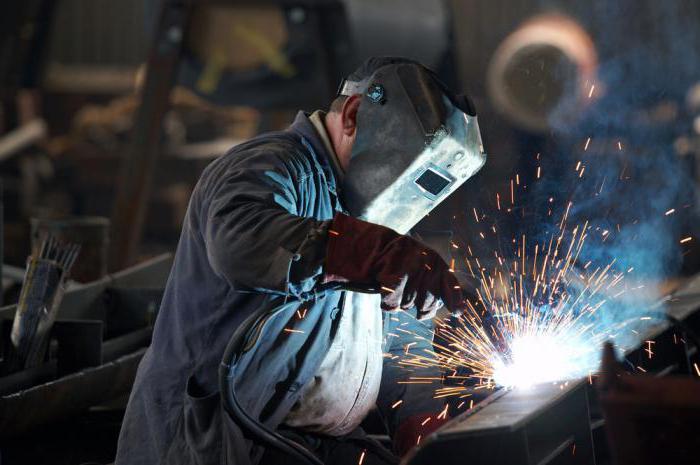
They can also be entrusted with assembling according to the pattern of complex units using special equipment and hardware. He must:
- adjust the sealing surfaces;
- carry out marking for simple knots and details of metal structures;
- assembly of complex structures with the help of a specialist of higher qualification;
- editing parts with medium complexity and more.
In addition, he is entrusted with the testing of pneumatic and hydraulic units of medium complexity, which operate under pressure.
Responsibilities of an employee of the fourth category
A metalworker must assemble complex assemblies. The employee should rely on the drawings, templates and diagrams. He is also instructed to mark out places for installing complex parts and assemblies, and to correct them if necessary.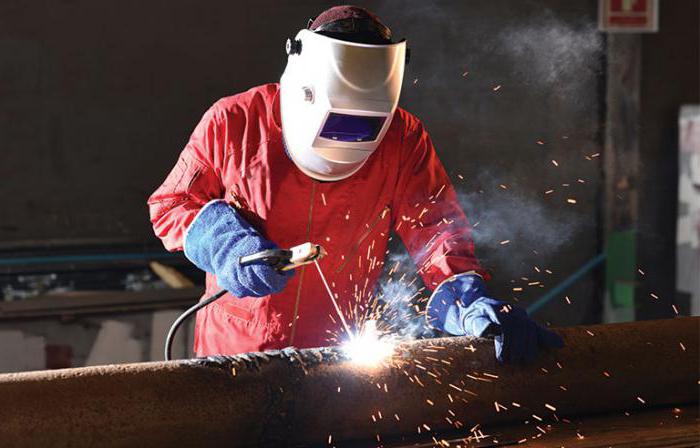
He is engaged in stripping welds before gumming, using manual pneumatic grinders. He can be attracted to collect experimental units of metal structures, which he will perform together with a worker with a higher discharge.
The specialist is entrusted with carrying out pneumatic and hydraulic tests of complex units that operate under pressure, and if defects are found, the employee must eliminate them. His responsibilities include drawing up assembly schemes and sketches, as well as the assembly, lifting and installation of metal structures in different positions and at different heights.
Fifth Rank Employee Functions
An employee with this category is engaged in the assembly of complex metal structures by riveting and welding, using special equipment and templates. Also, the duties of a metalwork assembly include:
- marking places for the installation of complex nodes;
- alignment and leveling;
- construction of complex geometric shapes using sketchy sketches and diagrams;
- assembly of unique, experimental designs of a special type.
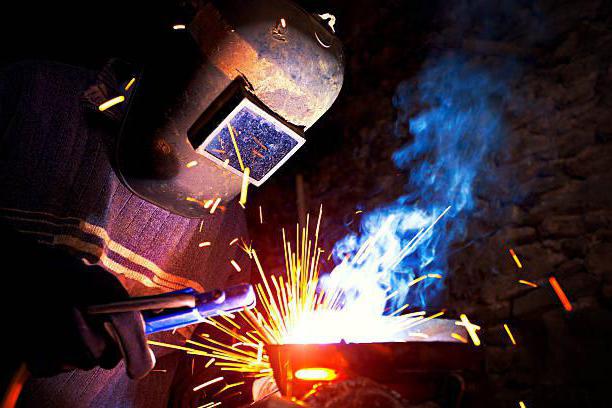
He must check the components that operate under pressure using hydraulics and pneumatics. In the event that defects are discovered after verification, he is obliged to correct them.
Duties assigned to an employee of the sixth category
Among the main functions that a fitter for the assembly of metal structures, which received the sixth category, should perform, it is worth highlighting the work with complex metal structures, namely: their assembly, regulation, carrying out all the necessary tests and commissioning of the object. In this case, it is worth considering the compliance of the finished design with all technical conditions, standards and customer requirements.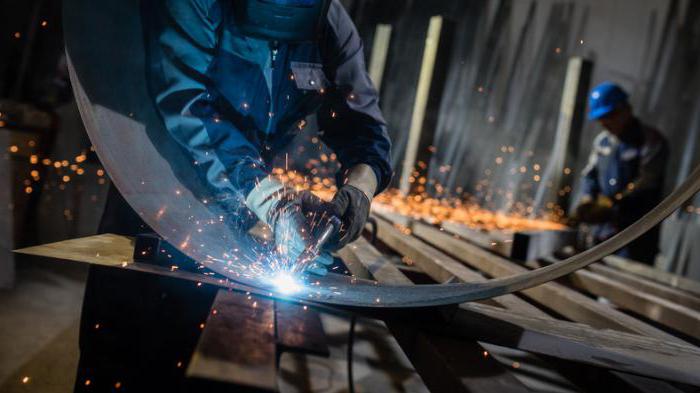
In addition, he is entrusted with working with experimental units of metal structures that require increased accuracy during installation. He is also obliged to build complex geometric shapes, based on diagrams and sketches, to take part in creating passports for manufactured designs.
This employee should carry out all types of tests of experimental units of a complex type using pneumatics and hydraulics. He is also required to check whether the nodes of different complexity are correctly assembled, and to take their characteristics and operational diagrams.
The rights
Like any other employee, a metalworker has his rights, first of all, to ensure that the company in which he works provides him with individual protection, all necessary materials and tools, and also equips the workplace in accordance with labor protection rules. He can inform the management of all identified shortcomings of the company, if they correspond to his competence.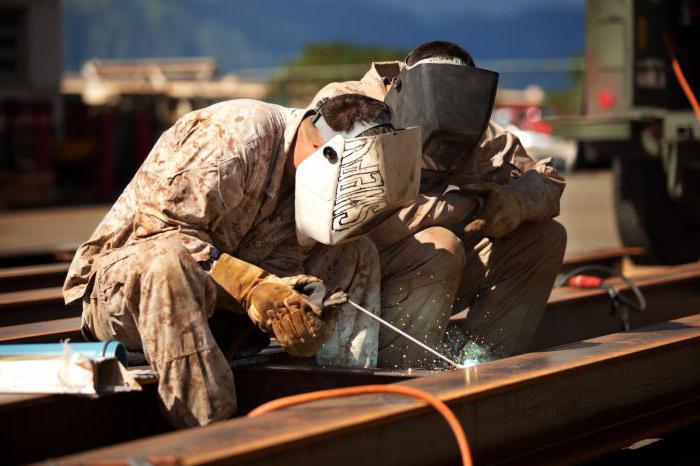
A responsibility
The metalworker is responsible for not fulfilling the functions assigned to him or for poorly performed work, for violating the charters, norms and rules adopted by the company. In addition, he may be held liable if, through his fault, material assets entrusted to him for the performance of work were damaged. Also, such measures are provided if he caused material damage to the organization or violated the administrative, labor or criminal code.